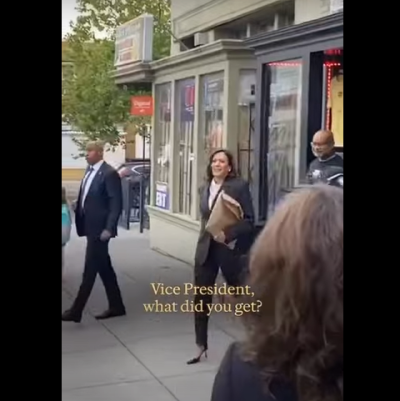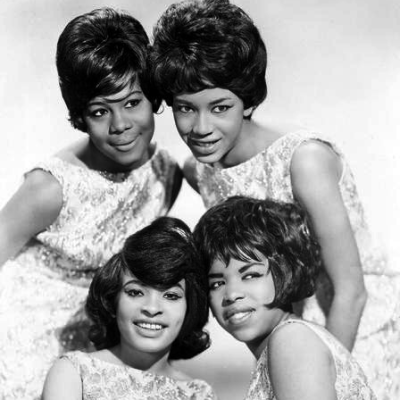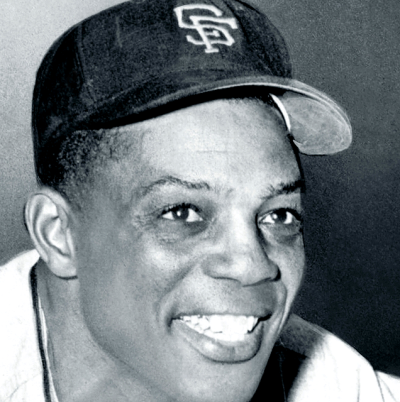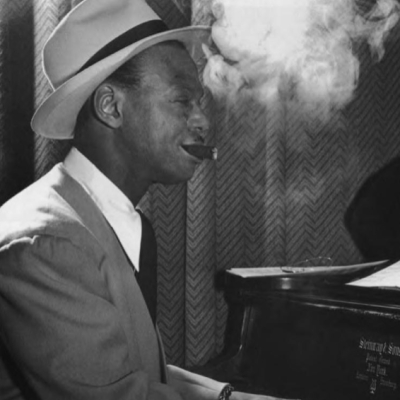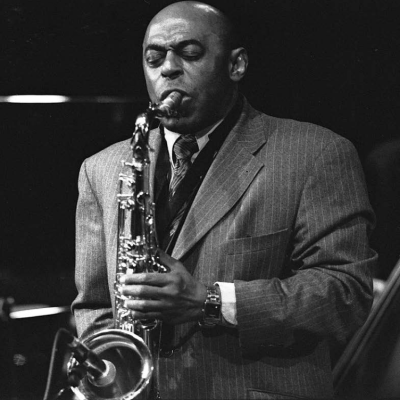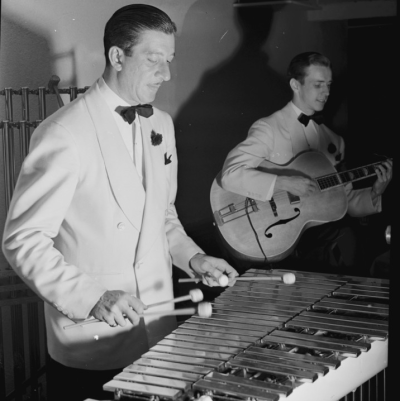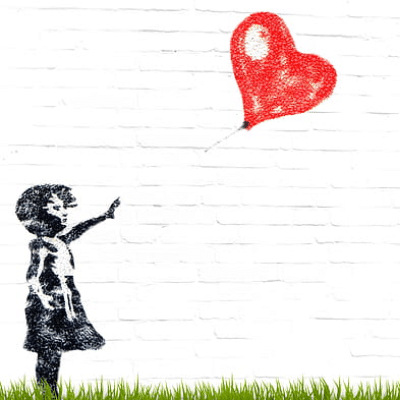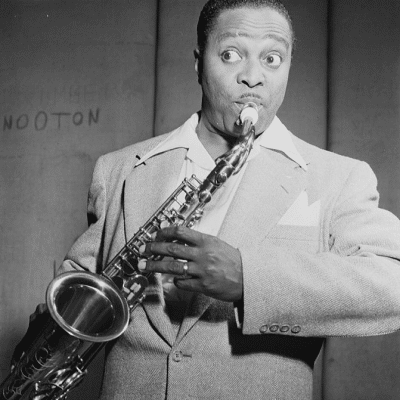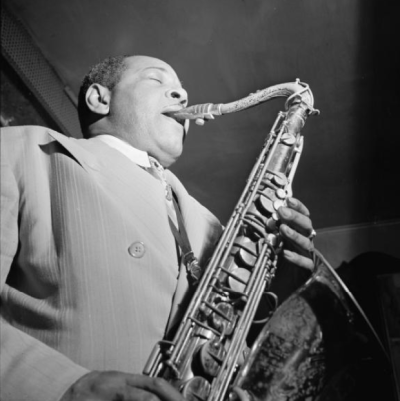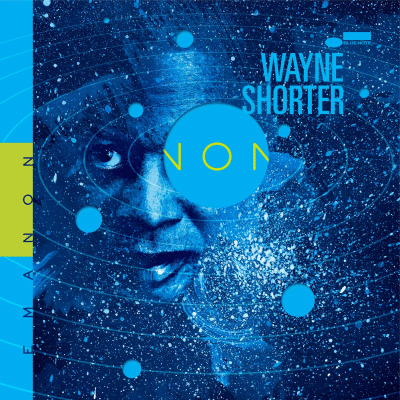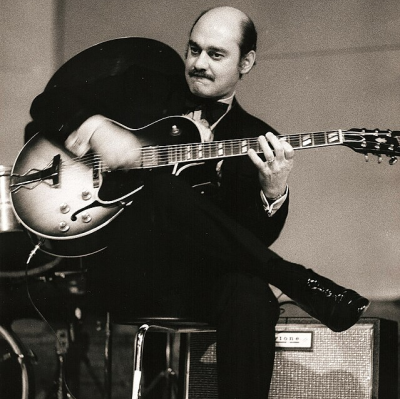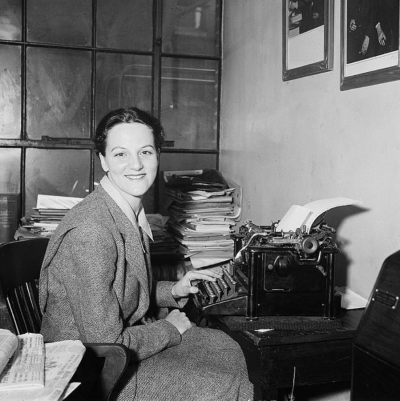One of my more interesting experiences as publisher of Jerry Jazz Musician was producing a series of interviews that focused on the work of the novelist Ralph Ellison. Invisible Man was a favorite novel of mine as a young man, but it wasn’t until I reread it in the 1990’s before I began to understand the enormity of its cultural significance. At that time, Ellison’s second (and unfinished) novel Juneteenth was being published, and a variety of books on Ellison were released at the same time – among them Living with Music, a collection of Ellison’s writings on jazz music edited by Columbia University scholar Robert O’Meally, and Trading Twelves: The Selected Letters of Ralph Ellison and Albert Murray.
Ellison’s literary executor John Callahan happened to be a fellow Portland, Oregon resident, and I sought him out for an interview, which led to subsequent interviews with some of America’s most respected Ellison academics (including O’Meally, Stanley Crouch, Gary Giddins, Lawrence Jackson, Avon Kirkland, Horace Porter, Michael Harper, and Arnold Rampersad), with the goal being to discuss Ellison’s jazz writings and his impact on American literature and the culture of 20th Century America. These conversations frequently focused on Ellison’s relationships, his politics, his writings on jazz music, his social standing, and, of course, his career. I am proud to say that “The Ralph Ellison Project” – as the collection of interviews is called – is linked to from several prominent educational institutions.
When one of America’s most esteemed intellectuals Albert Murray died on August 18, I was taken back to my August, 2001 interview with him, which continues to stand out as a watershed event in the history of this website. In addition to his friendship with Ellison, at the time of the interview Murray was coming off being in the thick of the “controversy” surrounding Ken Burns’ Jazz (Murray was a member of the production’s Board of Advisors), as well as his prominent role in Jazz at Lincoln Center.
I studied for days prior to the interview, not wanting to appear the least bit unprepared or intimidated. While Murray was respectful of my intent and even offered suggestions on who to contact for subsequent interviews on Ellison, he wasn’t afraid to “call me out” when he felt I deserved it. Check out this interview fragment, where Murray and I talk about who Ellison’s “Masters of Ecstacy” may have been:
JJM I want to read something that knocked me out. This was in the notes to Ellison’s novel Juneteenth. ”A great religious leader is a ‘master of ecstacy.’ He evokes emotions that move beyond the rational on to the mystical. A jazz musician does something the same. By his manipulation of sound and rhythm, he releases movements and emotions which allow for the transcendence of everyday reality.” It’s an interesting philosophy, and I immediately think of John Coltrane as a “master of ecstacy.” Who were Ellison’s “masters of ecstacy” in his view of jazz musicians who moved their work from the “rational to the mystical?”
AM Well, you like the statement so you are applying it to someone you like. In Ellison’s judgement of artistic appreciation there are going to be some variations. People can generally agree on certain masterpieces, but they don’t write about them with the same amount of emotional excitement. So, it’s hard to really apply that. He may not have been all that enthusiastic about John Coltrane, it doesn’t mean he considered him invalid or anything like that, but he would have thought his art was exaggerated if he played something he couldn’t see. It doesn’t matter if “West End Blues” is older or younger than Beethoven’s Fifth, what is important in art is will it endure? At Lincoln Center, they play much more Bach, much more Beethoven, Chopin, than they play Aaron Copland or Samuel Barber. In jazz, journalists desire a more popular form. They say that the jazz played there is “old.” They don’t feel that way when talking about the Philharmonic. If you want to apply to what Ellison said, he might not agree with you that Coltrane achieved that ultimate level.
JJM The connection I make with Coltrane is that Ellison’s statement is relating this thing about an artist moving his work from the rational to the mystical, and Coltrane…
AM I understand that, but the point is you can say that about anything you like. You gave me an example of what sort of art you like, and I may say, “Oh man, I don’t see that at all.” It’s a matter of personal taste. The question is whether a large number of people would say that over a long period of time. Now, whether you like Louis Armstrong or not, a song like “Up a Lazy River” sounds as good now as it did then. The jazz critics and audience is going for the “latest” thing, whereas at the Philharmonic, they are playing the most “enduring” thing.
*
This interview was indeed a “watershed” event because it reset the direction of Jerry Jazz Musician from being a website focusing on entertainment, to that of an “edu-tainment” website that challenged editors, participants, and the site’s readers to think of jazz and the culture it influenced – and was influenced by – on a deeper level.
If you would like to read my complete interview with Albert Murray, go to this page.
Thanks,
Joe Maita
Founder and Publisher







